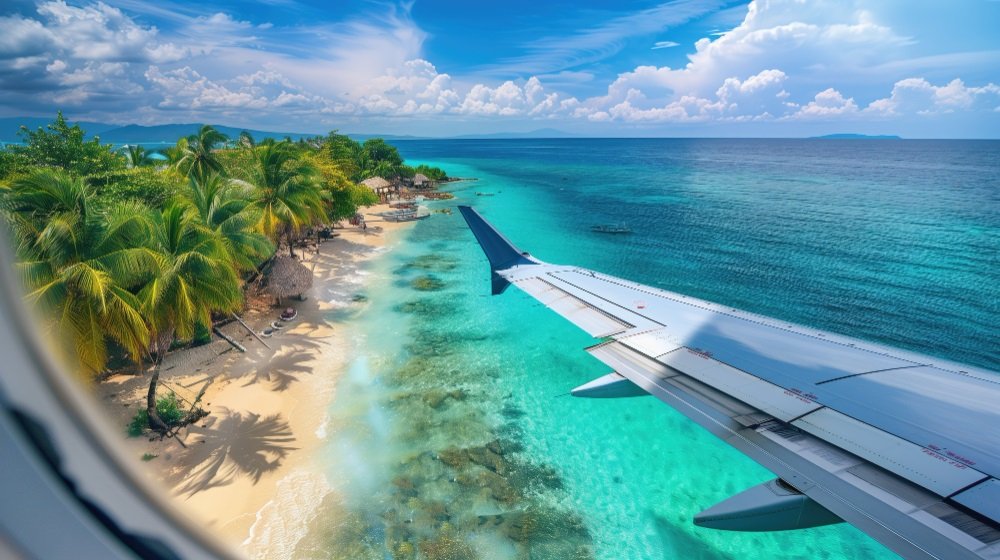Choosing the right time to visit Croatia can significantly impact your travel experience. The country’s stunning coastline, charming towns, and rich history offer something for everyone, but the weather, crowds, and prices vary throughout the year.
Get ultimate traveler plannerOverview
Croatia enjoys a Mediterranean climate with warm, sunny summers and mild, wet winters. The best time to visit depends on your priorities:
Summer (June-August):
This is peak season in Croatia, with warm temperatures, long days, and plenty of sunshine. It’s ideal for swimming, sunbathing, and enjoying outdoor activities. However, expect larger crowds and higher prices.
Spring (April-May) and Autumn (September-October):
These shoulder seasons offer a pleasant balance of good weather, fewer crowds, and more affordable prices. Spring brings blooming flowers and milder temperatures, while autumn boasts colorful foliage and a relaxed atmosphere.
Winter (November-March):
Winter in Croatia is mild and wet. While not ideal for beach holidays, it’s a great time to explore the country’s cultural attractions, enjoy winter sports in the mountains, and experience the festive atmosphere during the holiday season.
Best Time to Visit Croatia
Croatia, a stunning country on the Adriatic Sea, boasts a Mediterranean climate with warm, sunny summers and mild, wet winters. This makes it a year-round destination, but the best time to visit depends on your preferences and what you want to experience.
Spring (April-May)
Spring in Croatia is a magical time, with blooming wildflowers, pleasant temperatures, and fewer crowds than the summer months. (See Also: Dolomites Best Time To Visit)
- Average temperatures range from 15-22°C (59-72°F).
- Days are longer, perfect for exploring the country’s many islands, national parks, and historic cities.
- The sea is still a bit chilly for swimming, but ideal for walks along the coast.
Summer (June-August)
Summer is peak season in Croatia, with scorching hot weather, crystal-clear waters, and bustling beaches.
- Average temperatures soar to 25-32°C (77-90°F).
- The Adriatic Sea is at its warmest, perfect for swimming, sunbathing, and water sports.
- Expect large crowds, especially in popular destinations like Dubrovnik and Hvar.
- Accommodation prices are at their highest during this time.
Autumn (September-October)
Autumn brings a welcome respite from the summer heat, with cooler temperatures and fewer tourists.
- Average temperatures range from 18-25°C (64-77°F).
- The sea is still warm enough for swimming, but the crowds have thinned out.
- Harvest festivals and wine tastings are popular events during this time.
Winter (November-March)
Winter in Croatia is mild and wet, with average temperatures ranging from 5-12°C (41-54°F).
- The coast is less crowded, and you can enjoy lower prices on accommodation and flights.
- It’s a great time for exploring the country’s historic cities and museums.
- Skiing and snowboarding are popular activities in the mountains.
Table: Average Temperatures in Croatia by Month
| Month | Average High (°C) | Average Low (°C) |
|—|—|—|
| January | 8 | 2 |
| February | 9 | 3 |
| March | 12 | 5 |
| April | 16 | 8 |
| May | 21 | 12 |
| June | 26 | 16 |
| July | 29 | 19 |
| August | 29 | 20 |
| September | 25 | 16 |
| October | 19 | 10 |
| November | 14 | 6 |
| December | 9 | 3 |
Croatia, with its stunning coastline, rich history, and vibrant culture, offers a captivating travel experience year-round. From the sun-drenched beaches of the Dalmatian Coast to the charming medieval towns of Istria, there’s something for everyone. (See Also: Best Time To Visit South Dakota Badlands)
We explored the diverse seasons, highlighting the best time to visit based on your preferences. Summer boasts warm weather and ideal conditions for swimming and sunbathing, but expect crowds and higher prices. Spring and autumn offer milder temperatures, fewer tourists, and the opportunity to enjoy festivals and local events. Winter brings a quieter atmosphere and a chance to experience Croatia’s festive spirit, with snow-capped mountains and cozy Christmas markets.
Ultimately, the best time to visit Croatia depends on your individual priorities and desired experience. Whether you seek sun-soaked adventures, cultural immersion, or a tranquil escape, Croatia’s diverse offerings ensure an unforgettable journey.


